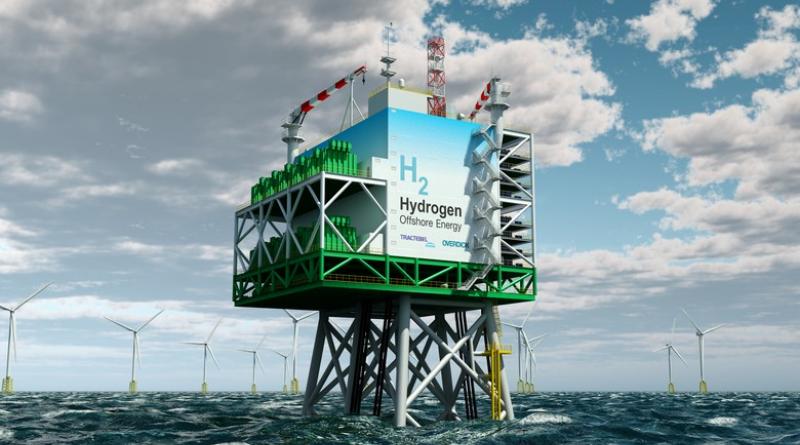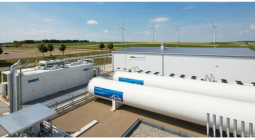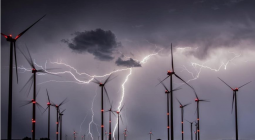Germany approves national hydrogen strategy with EUR-9bn stimulus package.

The German government has adopted a long-term strategy for the production of green hydrogen amid efforts to support the sector by establishing value chains.
The National Hydrogen Strategy bets on the production of hydrogen with renewable power due to its long-term sustainability. However, it also leaves a place for the so-called blue or turquoise carbon-neutral hydrogen, indicating it will also be traded on the same market as green hydrogen, taking advantage of Germany's close integration into the European energy supply infrastructure.
The government estimates that up to 5 GW of hydrogen production capacity will need to be installed by 2030 in order to meet rising demand, which is expected to almost double from the current 55 TWh to 90 TWh-110 TWh by 2030. According to it, demand will be particularly driven by the industrial sector and markets including chemicals, petrochemicals and steel. The use of hydrogen in transportation will also contribute to the growth in demand.
In line with its decarbonisation ambitions, the government has agreed on providing a stimulus package for the sector that will earmark EUR 9 billion (USD 10.2bn) to promote the production and use of hydrogen. Of the total, EUR 7 billion will be made available for the market ramp-up of hydrogen technologies in Germany, while the remaining EUR 2 billion will be allocated for international partnerships. A focus will be placed on research and innovation, as well, for which purpose a new initiative called "Hydrogen technologies 2030" will be launched to combine programmes promoting that idea.
The implementation of the strategy will be monitored by a state secretary committee, with the assistance of a national hydrogen council.
(EUR 1.0 = USD 1.133)
11 June 2020
Renewables Now



